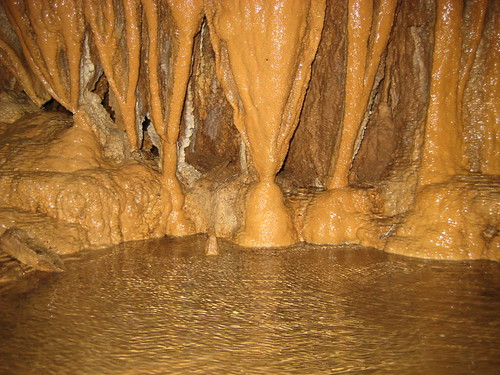| Country | Cost | |
| Australia | 81.4 | 4.2 |
| Canada | 80.7 | 5.0 |
| France | 81.0 | 4.0 |
| Germany | 79.8 | 3.8 |
| Japan | 82.6 | 2.6 |
SAMAR
Samar Province occupies the southwest of the island of Samar. It is a mix beautiful coastlines and rugged terrain with low mountain ranges. It is one of those places in the Philippines that is nestled between the sea and the towering mountains. To add to its picturesque appeal, a tropical rainforest adorns the province and becomes one of its highlights.
Before the advent of the Spaniards, the island was known by numerous names, including Ibabao and Tandaya. When the colonists came in 1596, the name Samar was chosen. Taken from the local word “samad” meaning wound, it was thought to be an appropriate name given the island’s appearance.
For the most part in its early history, Samar was a part of Cebu province. Following several failed revolts, including a bloody one in 1649 the island was incorporated with Leyte. However, in 1768, some 33 years after being made a part of Leyte, it was again declared a separate province.
Samar was captured by the Japanese during World War II, but two years later in 1944, it was liberated by America. Much of the battle took place in Leyte Gulf, widely considered as the biggest naval battle in history.
Today, Samar affords lots more adventure for the extreme thrill seeker. There are still scores of uncharted caves, subterranean rivers, rock formations, waterfalls and dive sites. Samar has numerous things to reveal to daring travelers who want more than just the usual risks.
Where To Go:
The Sohotan Cave - While there are several such caves to be found in the province, this cave is singularly notable for its highly varied rock formations and rugged landscape. While it is ideal for trekking, rock climbing or even rock studying/collecting, it was actually used as a hiding place during the olden days by the natives.
The Calbiga Whitewater Park - If your idea of a grand adventure involves kayaking and water rafting, then look no further than the Calbiga Whitewater River, which is quickly becoming the top tourist attraction in Samar. As you cross the wild waters you will find yourself surrounded by hills and valleys, and a lush jungle. What’s more, there are over 60 rapids here.
The Calbiga Cave - Occupying more than 3,000 hectares, the Calbiga Cave actually consists of a series of interconnecting caves, an underground watercourse, dozens of passageways and chambers, and numerous rock formations. If this was not enough, the area itself is home to some of the most exotic and unique animals in the world, including, but not limited to, cave crickets, shell fishes and several species of bats.

The Marabut Marine Park – The place features some of the most varied selection of corals, reefs and aquatic life forms in the island province. After checking out the various fish types in the seas, you can always go relax and grab something to eat, as the place offers the finest in seafood.
Hamorawon Spring - This is a natural spring, and its cool waters can sooth even the most weary traveler. However, it is no ordinary spring, for the legends speak of its power to heal the sick. Furthermore, there are also those who believe that those who immerse themselves in the waters will also find true love.

Homonhon Island - It was this tiny piece of land that the Spanish explorer Ferdinand Magellan first set his feet on Philippine land. The date was March 16, 1521, and the rest, as they say, is history. Homonhon Island itself is some 60 miles (96 km) off Tacloban, and is near Guiian. Today, the island is recognized as a historical landmark, and there is a marker to denote the spot where Magellan first stepped on Philippine shores.
The Samar Archaeological Museum and Research Center - The Museum, established in 1970, stores a vast amount of relics culled from various time periods. There are priceless antique jars, bowls, utensils and religious artifacts dating about a century before the arrival of the Spaniards. Of course, there are also several artifacts dating from the Spanish period, and also a sizeable treasure trove of statues, paintings and sculptures of Christian saints and martyrs.
Source: www.samarboard.com
Teaser photo source: samar.lgu-ph.com




